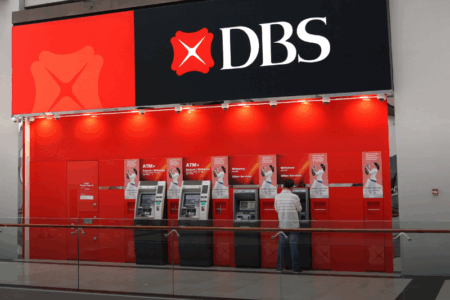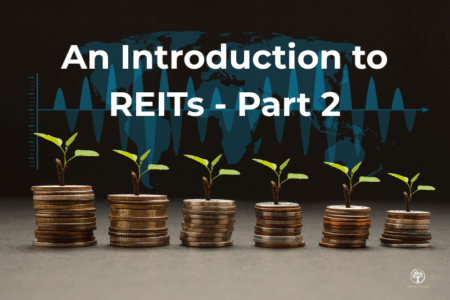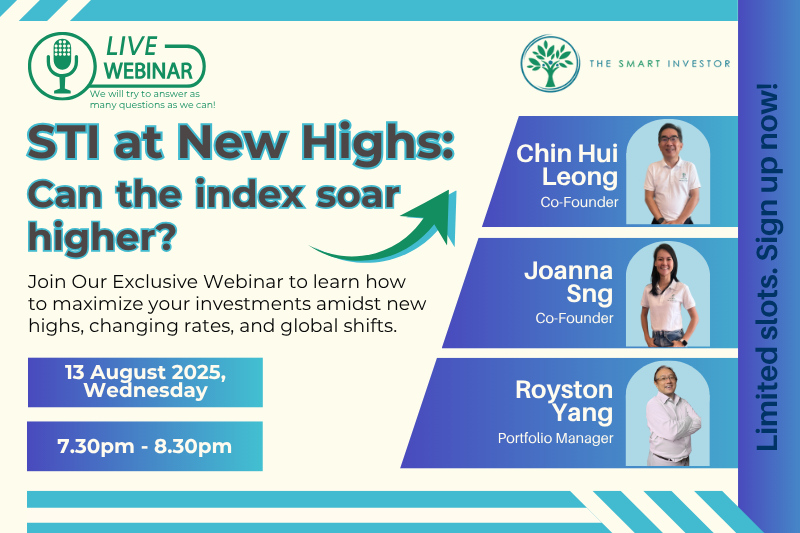Many people rely on their Central Provident Fund (CPF) accounts to grow their savings and build wealth.
While the CPF scheme is a reliable way to accumulate savings, did you know that the Ordinary Account (OA) only pays an interest rate of 2.5%?
This interest rate is hardly sufficient to offset the effects of inflation, which hovers between 2% and 3% over the long term.
Inflation erodes the value of your money, giving you less spending power over time.
There is, however, a solution, and it can be found in Singapore’s REIT sector.
REITs are reliable as income instruments
First off, you may be wondering what REITs, or real estate investment trusts, are.
REITs represent bundles of real estate that are packaged together into a security that is traded on a stock exchange.
These properties provide predictable and steady rental income and are professionally managed by a REIT manager.
REITs are mandated to pay out at least 90% of their earnings as distributions, making them perfect as income instruments.
Income-seeking investors can accumulate a portfolio of REITs and enjoy a steady stream of dividends from their shareholdings.
What’s more, income derived from REITs does not attract tax, giving you yet another benefit of owning shares of REITs.
This tax exemption is different from owning a physical investment property, where the rental income has to be factored into your total chargeable income when you submit your tax returns.
Enjoying 5% yields or higher
Yet, the factors above are not what make REITs so attractive.
REITs not only dish out reliable dividends to investors but also provide yields that are more than double what the CPF OA is paying.
Take Mapletree Industrial Trust (SGX: ME8U), or MIT, for example.
The industrial REIT announced a distribution per unit (DPU) of S$0.1357 for its latest fiscal 2025 (FY2025) ending 31 March 2025.
The REIT’s DPU enjoyed a 1% year-on-year increase from S$0.1343 the year before.
At a unit price of S$1.97, the REIT provides a trailing distribution yield of 6.9%.
MIT is also backed by a strong sponsor in Mapletree Investments Pte Ltd and boasts a high portfolio occupancy rate of 91.6%.
There is also Frasers Centrepoint Trust (SGX: J69U), or FCT, a retail REIT with a portfolio of nine suburban malls in Singapore.
FCT reported an annualised DPU of S$0.12108, giving its shares a forward distribution yield of 5.6%.
The retail REIT boasts a very high retail occupancy of 99.5% and is backed by a reputable sponsor in Frasers Property Limited (SGX: TQ5).
Then there’s CapitaLand Integrated Commercial Trust (SGX: C38U), or CICT, a retail and commercial REIT with assets worth S$26 billion.
CICT’s DPU for 2024 rose 1.2% year on year to S$0.1088, giving its shares a trailing distribution yield of 5.1%.
The REIT is backed by a strong sponsor in blue-chip property group CapitaLand Investment Limited (SGX: 9CI).
The examples above show that you can enjoy a dividend yield of 5% or more by investing in such REITs.
Growing your source of passive income
But that’s not all.
As you allocate more money to REITs over time, you can also steadily increase the quantum of dividends you receive.
Whenever you have spare cash from your savings or bonus, remember to park some in reliable REITs that pay out a good distribution yield.
When your dividend amount becomes substantial enough, you can also reinvest the dividends you receive into the very same REITs that paid them out.
This process of reinvesting your dividends to generate more dividends is known as “compounding”.
Albert Einstein, a famous scientist, once commented that compounding is the eighth wonder of the world.
By harnessing the magic of compounding, you can grow your flow of passive income to better prepare yourself for retirement.
Get Smart: REITs for the long term
We have demonstrated why REITs are perfect as income instruments for income-seeking investors.
Not only are their distributions consistent, but they are also tax-free in the hands of the recipient.
Many REITs also provide a distribution yield exceeding 5%, which is more than double what the CPF OA’s interest rate pays.
Hence, it’s a good idea for every investor to include some REITs within their investment portfolio to enjoy passive income.
By holding these REITs and adding to them over time, you can use compounding to build up a larger flow of dividends that you can retire on.
First-time investors: We’ve finally released our Beginner’s Guide. Read it in an afternoon, follow the principles, pick an investing style and buy your first SGX stocks within the next few hours! Click here to download it for free.
Follow us on Facebook, Instagram and Telegram for the latest investing news and analyses!
Disclosure: Royston Yang does not own shares in any of the companies mentioned.





